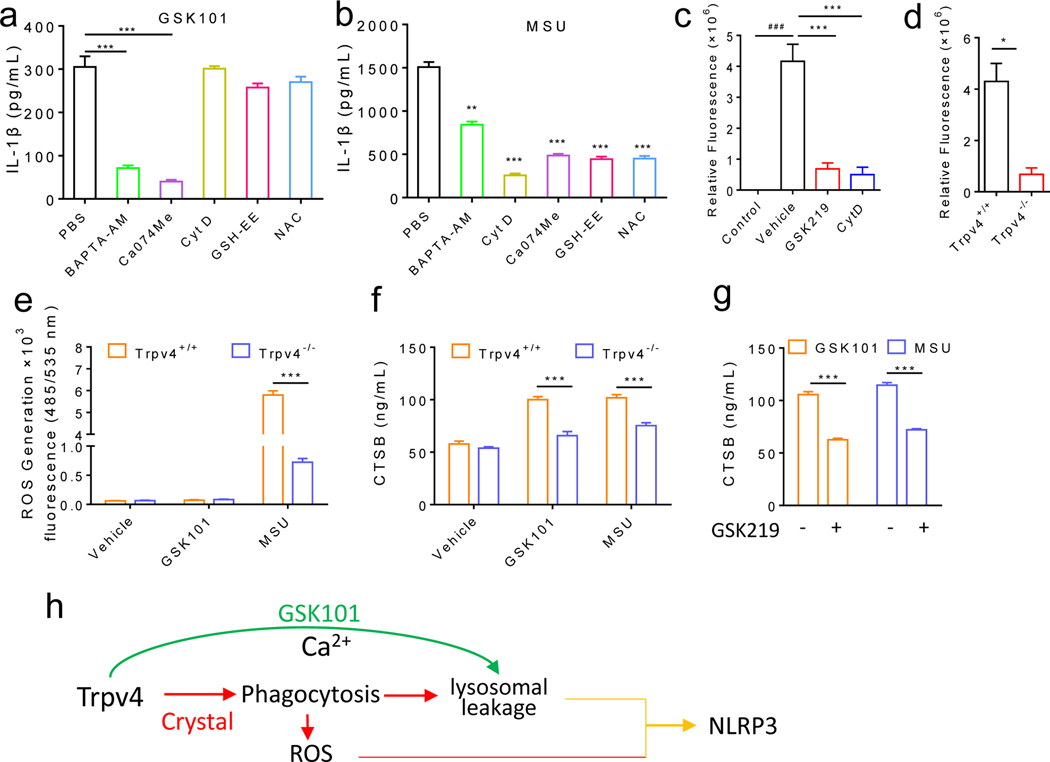Figure 5: GSK101 and MSU crystals use distinct mechanisms to drive TRPV4-dependent NLRP3 inflammasome activation.
(a, b) GSK101- or MSU crystal- induced IL-1β production from LPS-primed BMDMs in the presence of various chemical inhibitors: Bapta-AM (a cell permeant Ca2+ chelator), cytochalasin D (Cyt D, a potent phagocytosis inhibitor), CA-074Me (a selective inhibitor of CTSB), or ROS scavengers GSH-EE (ethyl ester of glutathione) and NAC (N-acetylcysteine). PBS is the vehicle control for all chemicals. (c) Effect of GSK219, Cyt D on phagocytosis of pHrodo™ Red E. coli BioParticles® in LPS-primed BMDMs using a fluorescent microplate reader. (d) Phagocytic activity of BMDMs from the Trpv4+/+ and Trpv4−/− mice was measured using a fluorescence plate reader. (e) GSK101- and MSU crystal-induced ROS production in LPS-primed BMDMs from the Trpv4+/+ and Trpv4−/− mice. (f) GSK101- and MSU crystal-induced increase in CTSB levels in LPS-primed BMDMs isolated from the Trpv4+/+ and Trpv4−/− mice. (g) Effect of GSK219 on CTSB production induced by GSK101 or MSU crystals in LPS-primed wt BMDMs. (h) Schematic diagram of the working hypothesis. Statistical significance was determined using Student’s t test (a-g). *P<.05, **P<.01, ***P<.001. n=4–5 for each group.

